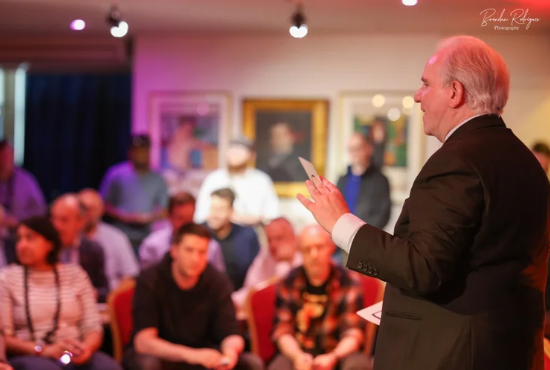Cold Reading Techniques: A Complete Guide for Beginners
Cold Reading Techniques: A Complete Guide for Beginners
Cold reading is a fascinating skill that makes people feel you know more about them than you actually do. It has been used by psychics, mentalists, salespeople, and even politicians. The good news is that anyone can learn the basics. In this guide, we’ll explore the most effective cold reading techniques, explain why they work, and show you how to practice them in everyday conversations.
What Are Cold Reading Techniques?
At its core, cold reading is about observation, psychology, and language. Cold reading techniques allow you to make broad but believable statements that people interpret as personal insights. When combined with active listening and feedback, these techniques can make you appear highly intuitive.
Why Learn Cold Reading Techniques?
People study cold reading techniques for many reasons:
Rapport building – Great for networking and sales.
Persuasion – Useful in leadership, coaching, and negotiation.
Entertainment – Magicians and mentalists use it to amaze audiences.
Self-defense – By knowing the tricks, you can avoid being manipulated.
Whatever your motivation, learning cold reading techniques gives you an edge in communication.
Essential Cold Reading Techniques
Here are some of the most common cold reading techniques and why they work:
1. The Barnum Statement
These are vague, flattering lines that feel personal:
“You like to help people but sometimes feel underappreciated.”
This is one of the oldest and most effective cold reading techniques.
2. The Rainbow Ruse
This technique attributes opposite qualities at once:
“You’re confident in many areas, but there are moments of self-doubt.”
Rainbow Ruses remain among the most widely used cold reading techniques.
3. The Jacques Statement
This method suggests someone isn’t living up to their full potential. It works because nearly everyone feels this way. As one of the classic cold reading techniques, it encourages agreement and reflection.
4. The Fuzzy Fact
A vague statement that invites the other person to supply details, such as:
“I sense recent challenges in your personal or work life.”
By letting the subject fill in the blanks, this becomes one of the most reliable cold reading techniques.
5. The Push Statement
This involves making a bold guess and then adapting to feedback:
“You’ve been under a lot of pressure recently.”
If correct, you look insightful; if not, you adjust. It’s a versatile cold reading technique.
The Psychology Behind Cold Reading Techniques
Cold reading techniques work because of psychological principles like:
Confirmation bias – We notice when something feels true and forget the rest.
The Forer Effect – People accept vague, general statements as uniquely personal.
Feedback loops – The reader adapts to reactions in real time.
These principles ensure that even general guesses feel highly accurate.
How to Practice Cold Reading Techniques
If you’re new and wondering where to start, here’s a simple approach to practicing cold reading techniques:
Observe carefully – Notice clothing, body language, tone, and energy.
Start vague – Use Barnum statements and Rainbow Ruses.
Listen closely – Let people’s responses guide your next statement.
Stay adaptable – Shift your direction based on feedback.
Reflect – Review conversations to see what worked best.
With consistent practice, cold reading techniques become second nature.
Common Mistakes Beginners Make
When first learning cold reading techniques, people often:
Try to be too specific too soon.
Talk too much instead of listening.
Forget to adjust based on the other person’s cues.
Avoiding these mistakes will make your use of cold reading techniques far more effective.
Cold reading isn’t about psychic powers. It’s about psychology, observation, and language. By mastering cold reading techniques, you can connect more deeply with others, influence conversations, and sharpen your communication skills.
The more you practice, the more natural it becomes. Soon, you’ll not only understand cold reading techniques, you’ll use them effortlessly in both personal and professional settings.





